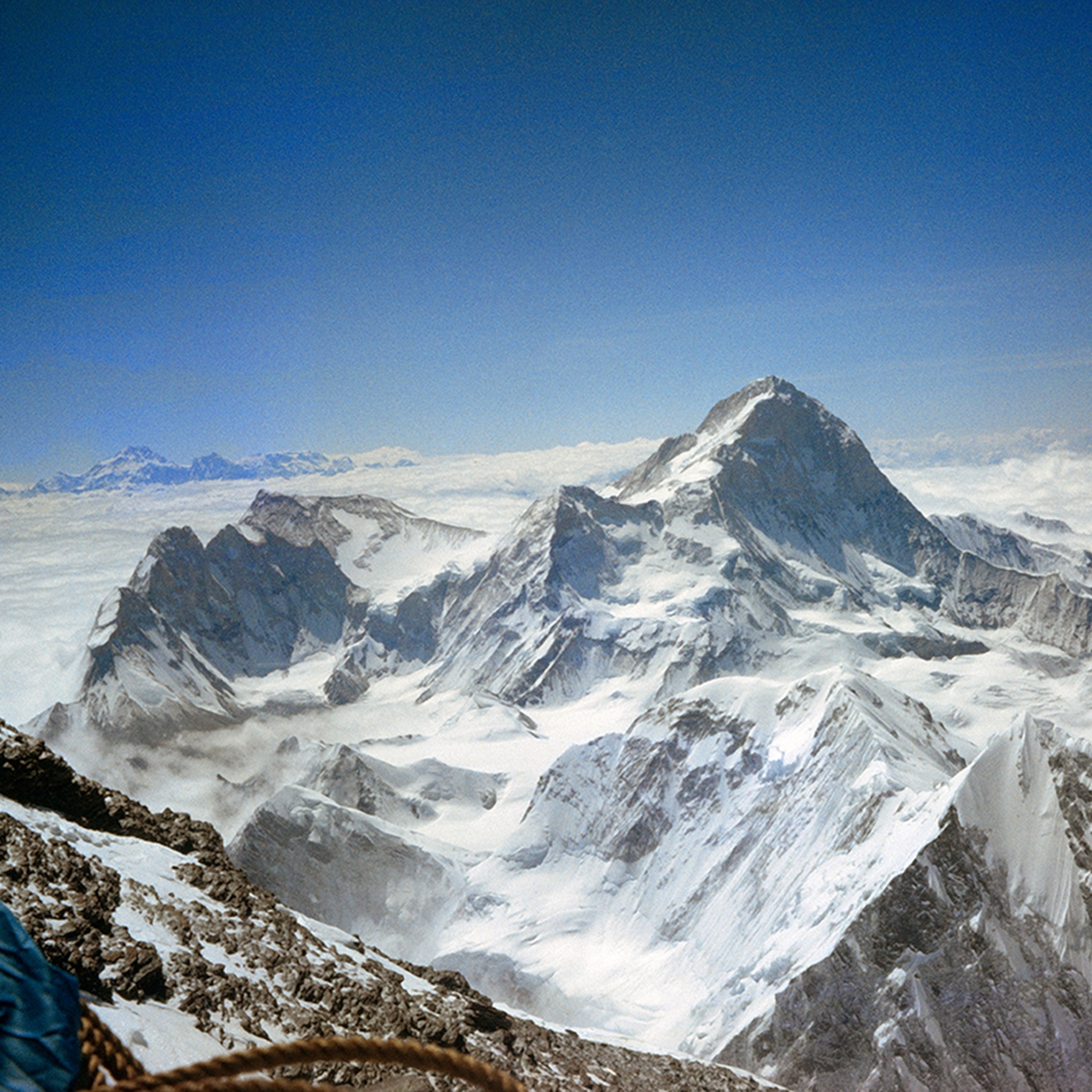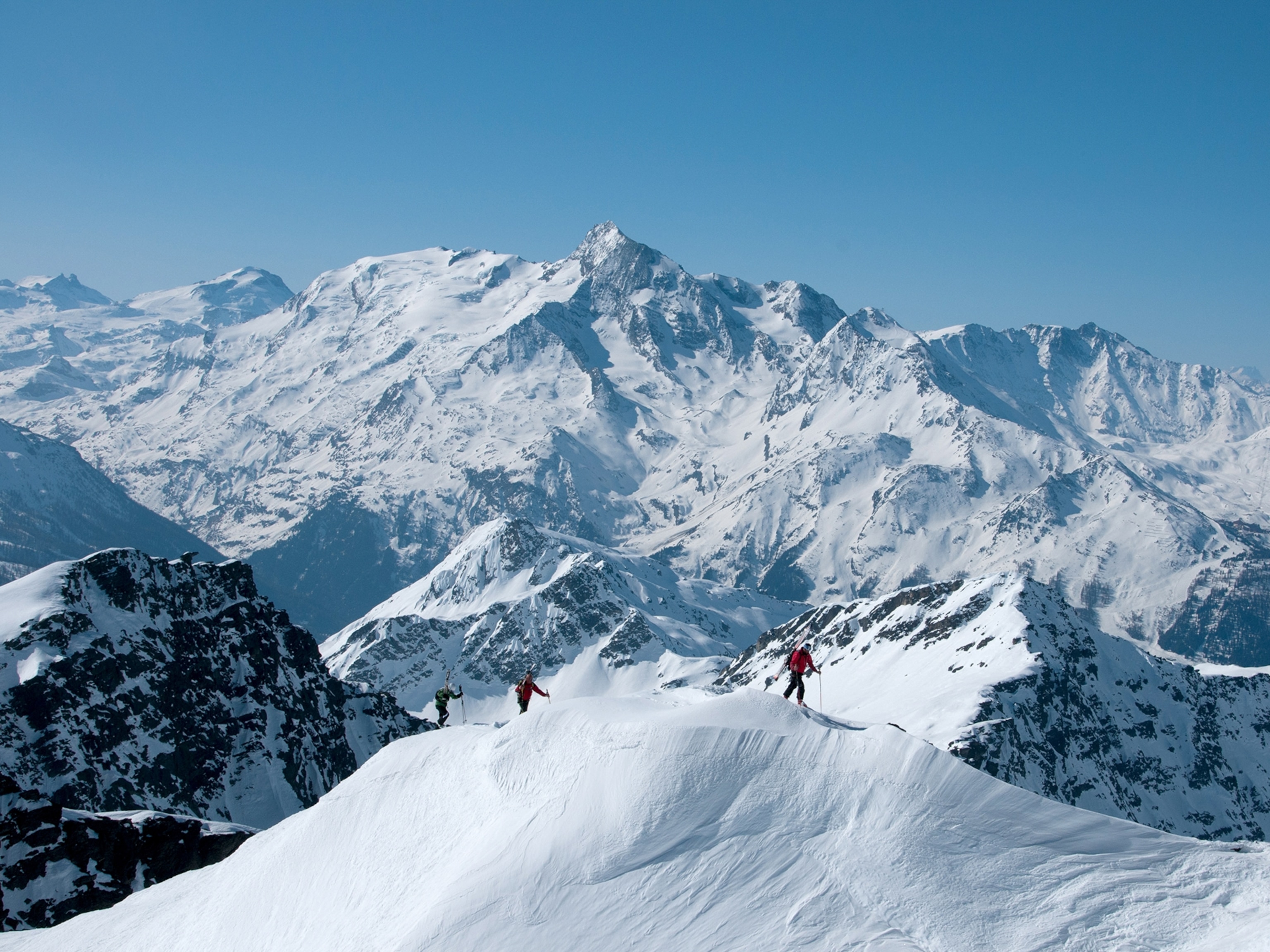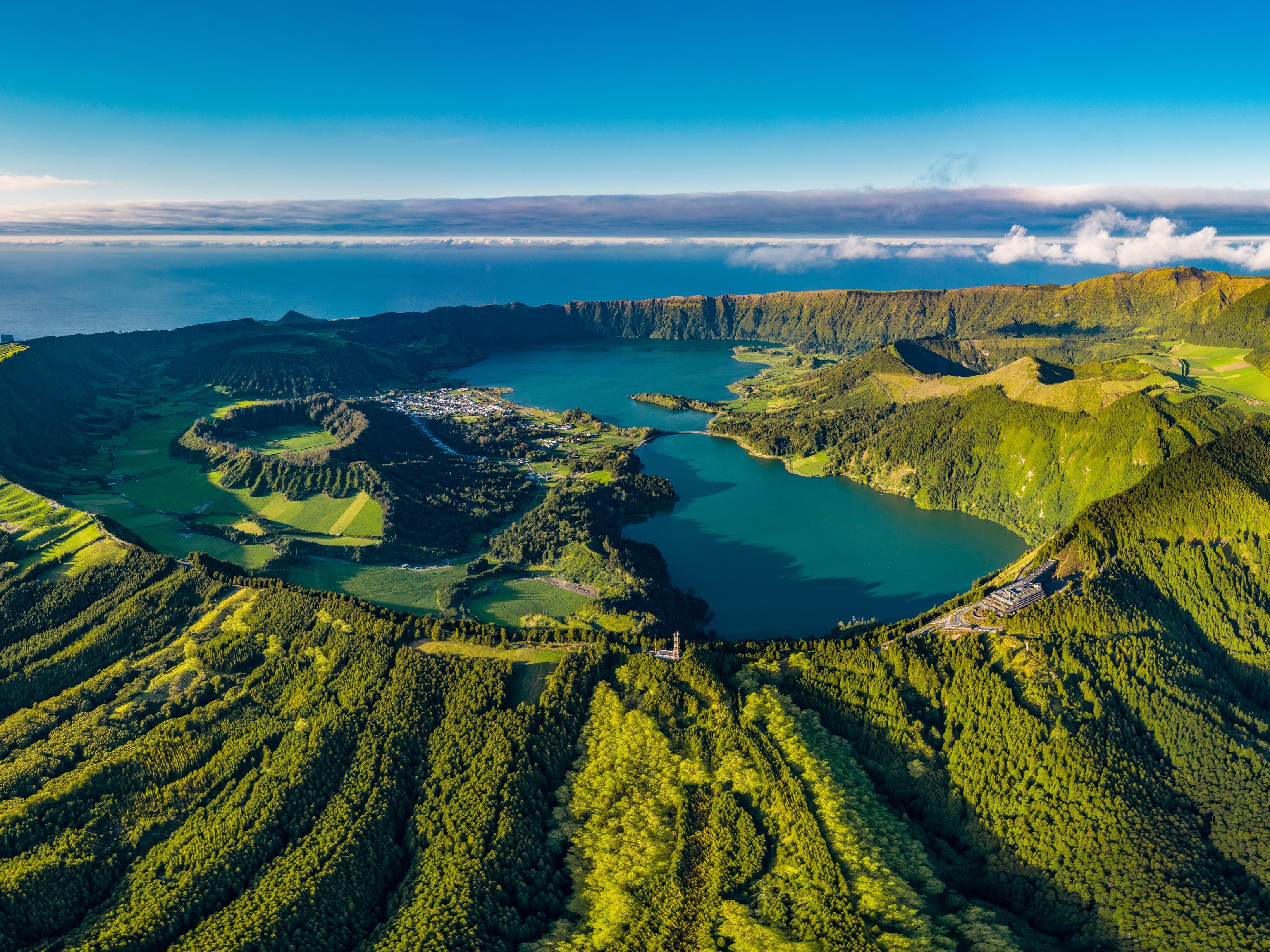
Snowboarder Travis Rice
A snowboarder takes freestyle trickery to the world's most intimidating descents.
See Photos
Travis Rice’s father was in the ski patrol at Wyoming’s Jackson Hole Mountain Resort. And like many dads, he raised his son to follow in his ski tracks. Fortunately for snowboarding, things didn’t go as planned.
A decade ago and unheard of at the time, Rice arrived at Snowboarder magazine’s Superpark contest at Mammoth Mountain, launched a now legendary backside rodeo across a 117-foot gap jump, and left a star. Since then, Rice has developed into the best all-around snowboarder in the world: He is equally capable of showing up to win a slope style event in Aspen as he is in pioneering a first descent in the remote Darwin Range on the tip of South America. The 29-year-old makes use of all the tools in a snowboarder’s quiver—big-mountain tenacity, acrobatics, and snow and mountain sense, often in a single descent. And 2011 was the apex so far in Rice’s career.
Filming for the highly anticipated film The Art of Flight, which he co-produced with Brain Farm Digital Cinema's Curt Morgan and Chad Jackson, Rice took the staggering aerial tricks usually reserved for the relative safety of the manicured, avalanche-controlled terrain parks made popular by the X Games and the Olympics, and applied them to the big mountains. In these peaks, a fall could mean tumbling down a vertical face or being swept into a gaping crevasse. Rice performed them all while under the watchful eye of director Curt Morgan’s superslow motion camera.
The movie, whose trailer went viral, marked the final stage of snowboarding’s crossover into the mainstream. It generated excited retweets from 50 Cent and Justin Timberlake and large movie industry players—such as Dolby Laboratories and Skywalker Ranch—teamed up with Morgan.
While the tricks and big-mountain lines mixed with cutting-edge cinematography inspire “ahhs” from wide-eyed audiences, ultimately it’s Rice’s enthusiasm for pushing the limits of his sport that resonate. In 2011, Rice made an entire generation of young skiers consider buying a snowboard.
“Experiencing the world through endless secondhand information isn’t enough,” says Rice. “If we want authenticity we have to initiate it.”
—Fitz Cahall
THE INTERVIEW
Adventure: You’ve been at the top of snowboarding for the last decade, but 2011 seemed like a banner year. Your riding reached new levels. It was all documented in The Art of Flight. But what made this year so remarkable for you?
Travis Rice: I’ve never worked so hard on anything as I have on The Art of Flight. I kept my head down to focus entirely on this project, and then finally put it all together into the film tour. The past year has been extremely adventurous. As much as we had a big plan going into it, a lot of it ended up being off the cuff.
A: What stood out?
TR: South America. We filmed and snowboarded down there the last two summers. Unfortunately for us, they had two of the worst seasons they’ve had down there. We got skunked on conditions, but it was one of the coolest trips I’ve been on. It was a difficult trip. We were trying to make it work, every day, but it would not happen for us.
At the same time, out of all the places we saw, South America was one of the all-around richer experiences. We scoped and explored 300 miles of the Andes. For the future, I’ve got these detailed photographic maps of the terrain back there. We got to go to southern Patagonia. We rode on four different islands. We could actually see Cape Horn, at the tip of South America, from where we were riding. We visited a beach that was basically this whale graveyard. We found a ten-foot skull. It was surreal walking out on this beach.
A: Sometimes it seems like our sports can almost get in the way of spontaneous adventure. We are so focused on our goals that we miss other opportunities. Sounds like Patagonia forced you to be spontaneous?
TR: Absolutely. If we had gotten down there and conditions were perfect, we would have stayed north in the area that we had mapped out before leaving. We would have ridden for weeks. We might have gotten in some breakthrough progressive snowboarding, but I’m not sure we would have ended up going to Patagonia. It’s the moments that you don’t expect that are the best part.
A: This year you brought all your competition snowboarding skills to the big mountains. You were with Jeremy Jones, snowboarding’s best big-mountain rider, and he said: “I have seen the future. It’s right now.” You’ve brought the terrain park tricks into the mountains?
- National Geographic Expeditions
TR: Snowboarding is so dynamic. There are so many different avenues. From free riding to powder in the backcountry to the X Games. Absolutely, trying to bring freestyle elements into free riding, that’s what I’ve been working toward. Freestyle progressive free riding is what were were aiming for in the film. To me, that's the purest form of snowboarding.
A: Snowboarding can be high stress. You are often working with filmers who are worried about light. The lines themselves can be dangerous. How do you balance all of that and also achieve excellence in your riding?
TR: It’s a mental thing, beyond strength and skill. You have to ride smart. I’m proud to say that I haven’t had a major injury in the last ten years of my career. You have to know when to go for it and when to pull back. Timing and windows have to go together. You have to be an opportunist. It’s almost predatory. You have to see opportunity when it knocks on your door.
A: One of the messages in The Art of Flight, which you wrote the narration for with Curt Morgan, is to unplug, that the virtual is no substitute for the real world. Why is that message important now?
TR: If we can motivate kids to get off the couch, to put down the video game controller, to log off computers, Facebook, and Twitter for a little while. Whether it’s snowboarding, whether it’s skiing, whether it’s just going into the forest for a hike. You learn a lot about yourself when you are in the elements. As a whole, collectively, we are living at a higher frequency than our parents did. There needs to be balance. We succeed when our film motivates someone.







